Unraveling the Trends: A Decade-by-Decade Analysis of US Life Expectancy from 1950 to 2025
Table of Contents
- 2025 Life Expectancy Tables - Norry Malynda
- Projected life expectancy at birth, 2010-2050 (by region and income ...
- Life Expectancy 2025 By Country 2025 - Jonathan Mackay
- Life expectancy worldwide has increased by 5 years in less than two ...
- U.S. life expectancy fell by a year in the first half of 2020, CDC ...
- US Life Expectancy Reaches 25-Year Low: CDC
- Jon Minton’s Blog - Tidy Tuesday on Life Expectancy
- Current Life Expectancy 2025 Uk - Nicholas Reid
- US Life Expectancy Reaches 25-Year Low: CDC
- √ Us Ranked Life Expectancy - Spartan Tree
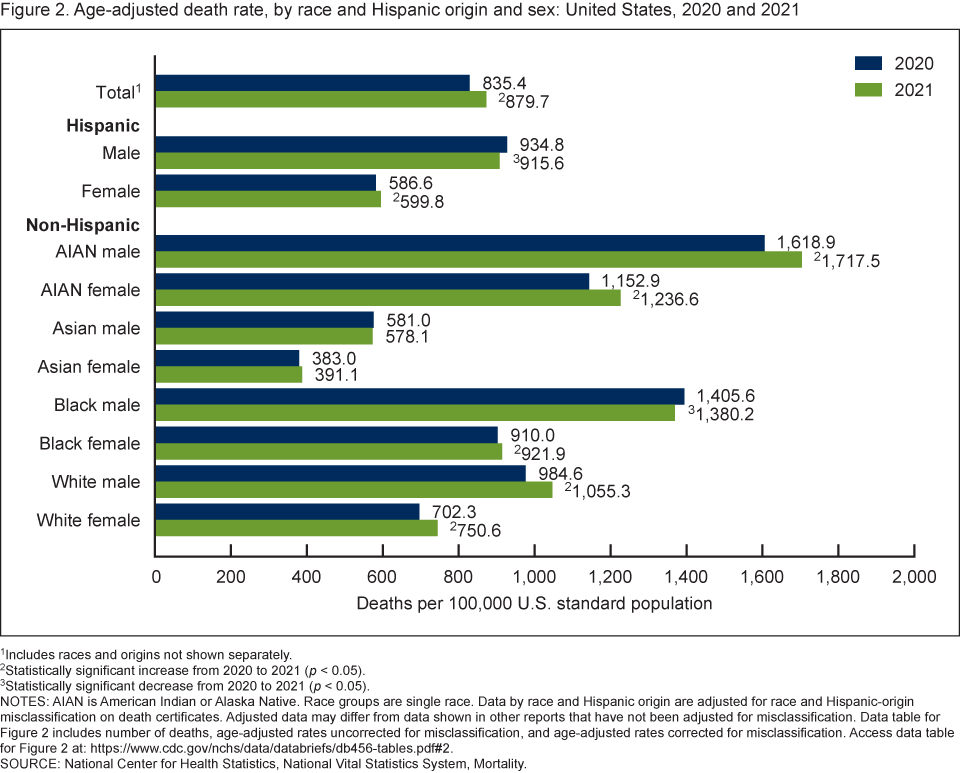
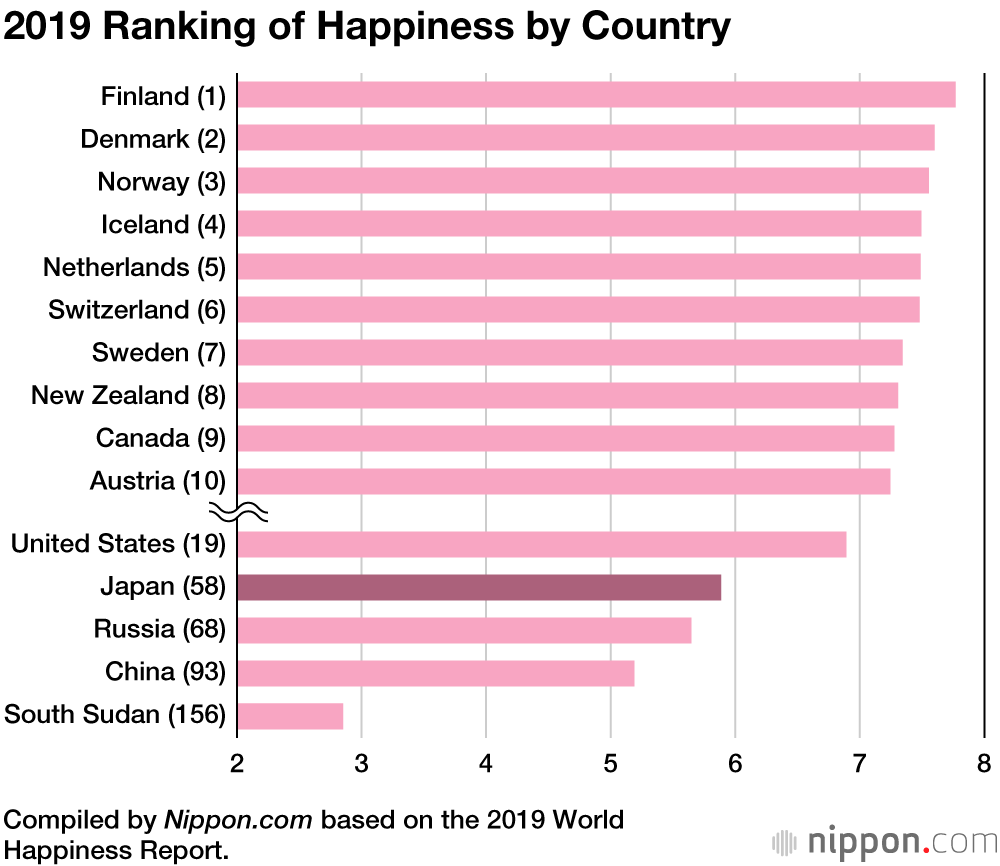
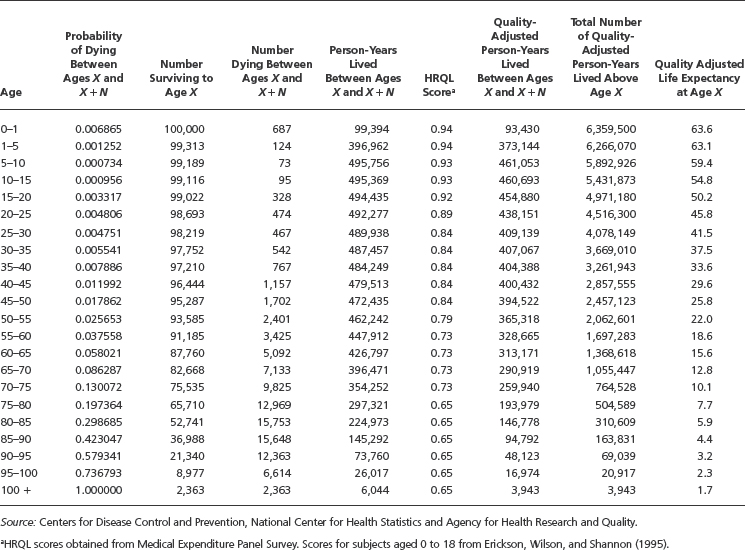
1950s: The Post-War Era
The 1950s marked the beginning of a new era in American healthcare. The average life expectancy at birth was approximately 68.2 years, with significant improvements in infant mortality rates and the introduction of vaccines for diseases such as polio and influenza. The post-war period saw an increase in access to healthcare services, leading to a notable rise in life expectancy.1960s: Advances in Medical Technology
The 1960s witnessed significant advancements in medical technology, including the development of new surgical techniques, diagnostic tools, and pharmaceuticals. Life expectancy increased to 70.2 years, with a notable reduction in mortality rates from heart disease and stroke. The introduction of Medicare and Medicaid programs in 1965 further expanded healthcare access to vulnerable populations.
1970s: The Rise of Chronic Diseases
The 1970s saw a shift in the leading causes of death, with chronic diseases such as cancer, diabetes, and obesity becoming more prevalent. Life expectancy continued to rise, reaching 73.7 years, despite an increase in mortality rates from these conditions. The decade also witnessed growing concerns about environmental health, with the establishment of the Environmental Protection Agency (EPA) in 1970.
1980s: The AIDS Epidemic and Advances in Healthcare
The 1980s were marked by the emergence of the AIDS epidemic, which had a significant impact on life expectancy. Despite this challenge, life expectancy continued to rise, reaching 75.4 years, driven by advancements in healthcare, including the development of antiretroviral therapy and improved cancer treatments.
1990s: The Obesity Epidemic and Increased Healthcare Spending
The 1990s saw a significant increase in obesity rates, which became a major public health concern. Life expectancy reached 76.9 years, despite growing concerns about the impact of obesity on chronic disease rates. The decade also witnessed a substantial increase in healthcare spending, with the introduction of new technologies and treatments.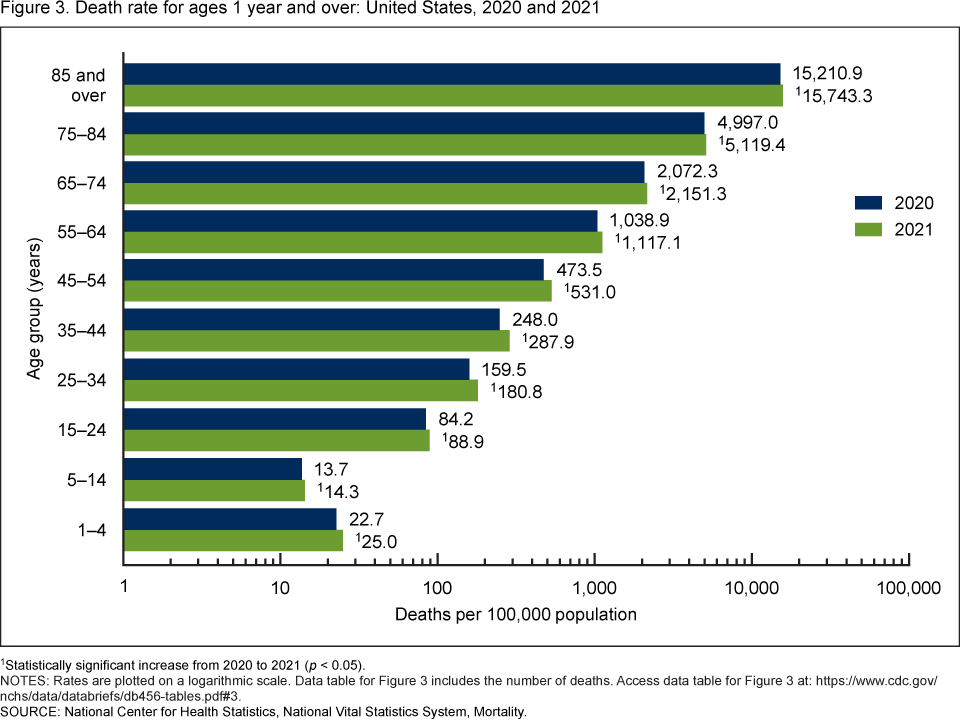
2000s: The Rise of Preventive Care and Health Disparities
The 2000s were marked by a growing emphasis on preventive care, with an increased focus on early detection and treatment of diseases. Life expectancy reached 78.7 years, with notable improvements in mortality rates from heart disease and stroke. However, the decade also highlighted significant health disparities, with varying life expectancy rates across different racial, ethnic, and socioeconomic groups.
2010s: The Opioid Crisis and Shifts in Healthcare Policy
The 2010s saw a significant increase in mortality rates from opioid overdose, which had a substantial impact on life expectancy. The decade also witnessed shifts in healthcare policy, including the implementation of the Affordable Care Act (ACA) in 2010. Life expectancy reached 78.9 years, despite challenges posed by the opioid crisis and growing concerns about healthcare access and affordability.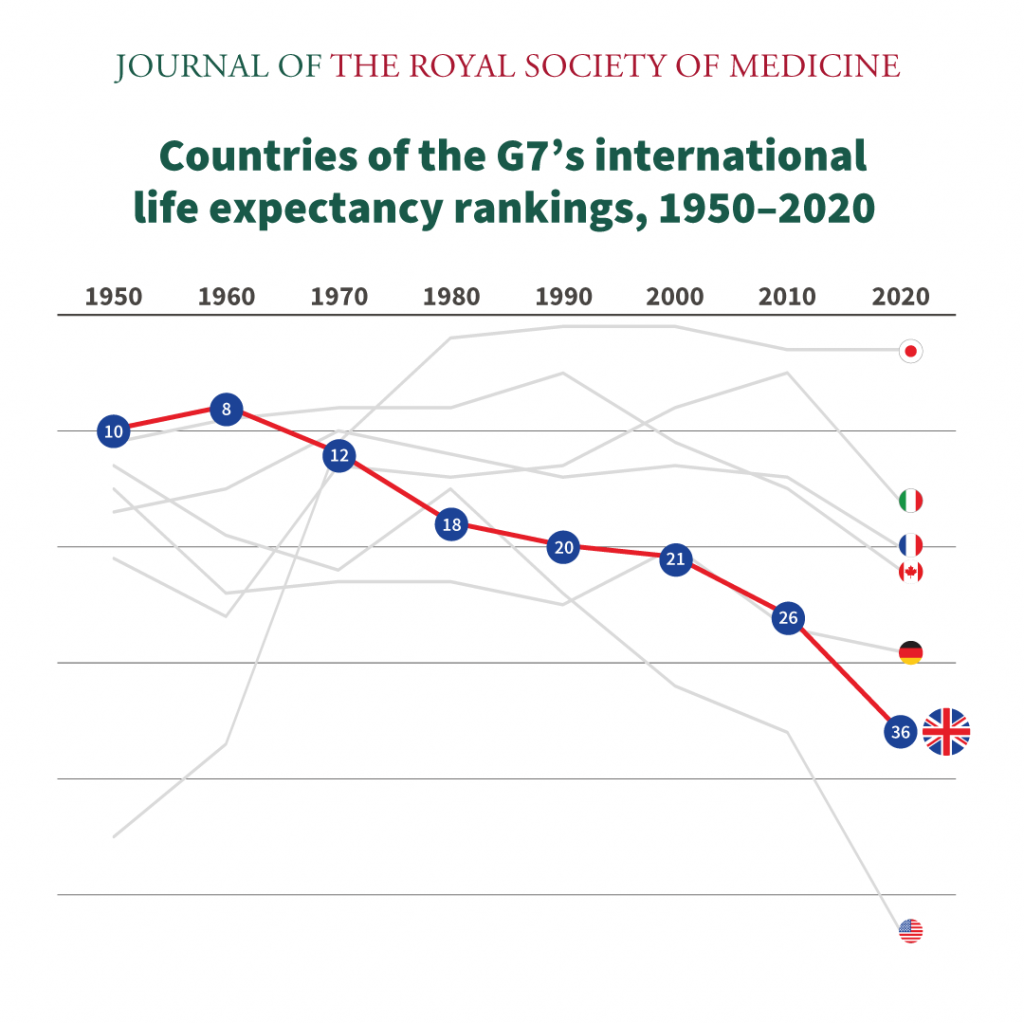
2020s: The COVID-19 Pandemic and Future Trends
The 2020s have been marked by the COVID-19 pandemic, which has had a profound impact on life expectancy. The pandemic has highlighted the importance of global health security, healthcare infrastructure, and social determinants of health. As the US looks to the future, it is likely that life expectancy will continue to be influenced by factors such as healthcare policy, technological advancements, and shifting demographics. In conclusion, the trend of US life expectancy from 1950 to 2025 is a complex and multifaceted narrative, shaped by various factors, including advances in medical technology, changes in healthcare policy, and shifts in demographic trends. As the nation continues to evolve and grow, it is essential to address the challenges and disparities that exist, working towards a future where all Americans can enjoy a long, healthy, and fulfilling life.Keyword: US life expectancy, trends, influences, decades, healthcare, medical technology, chronic diseases, obesity, AIDS, opioid crisis, COVID-19 pandemic, healthcare policy, demographics